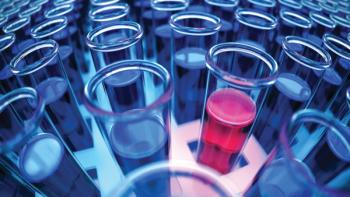
- Pharmaceutical Technology-07-02-2017
- Volume 41
- Issue 7
Dissolution Tester Eliminates Water Bath
A bathless dissolution tester from Distek operates without a water bath and associated maintenance.
The
eliminates the water bath and all associated maintenance while heater jackets raise media temperature from ambient to 37 °C in less than 15 minutes. Wireless in-shaft temperature sensors continuously monitor and display the in-vessel temperature for each vessel. The dissolution tester includes a touch screen, electronic tracking of serialized stirring elements, qualification status and due dates, and reporting and method storage capabilities.
Articles in this issue
over 8 years ago
Packaging Improves Medication Adherenceover 8 years ago
The New World of Biopharmaceutical Manufacturingover 8 years ago
Forty Years of Drug Product Manufacturing Advancesover 8 years ago
Advances in Analytical Testing Tools for the Bio/Pharma Industryover 8 years ago
Ribbon Blenders for Specialty Applicationsover 8 years ago
Coating Module Supports Easy Module Exchangeover 8 years ago
Bioreactor Family Includes Single-Use Bagsover 8 years ago
FDA Continues to Promote Quality Drug ProductionNewsletter
Get the essential updates shaping the future of pharma manufacturing and compliance—subscribe today to Pharmaceutical Technology and never miss a breakthrough.



